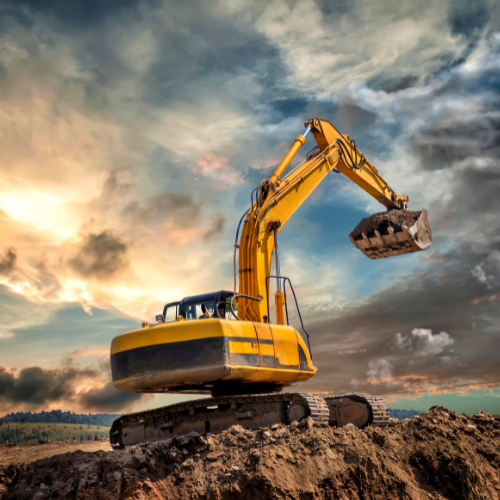
Trenching and Excavation Safety Considerations
Trenching and excavation work involves some of the most dangerous activities within the construction industry, as an unprotected trench can greatly increase the risk of employee fatalities on-site. In fact, approximately 25 workers are killed every year in trench-related incidents, according to recent data from the Bureau of Labor Statistics. Among these incidents, 75% are caused by trench collapses, also known as cave-ins. Such incidents are particularly hazardous, as a single cubic yard of soil typically weighs as much as a car. Additional safety concerns stemming from trenching and excavation work may include fallen loads, poor atmospheric conditions (e.g., low oxygen levels, dangerous fumes and toxic gases) and mobile equipment issues.
Under OSHA regulations 29 CFR 1926.651 and 1926.652, construction employers are responsible for protecting their workers from trenching and excavation hazards on-site. Specifically, employers must provide ladders, steps, ramps or other means of egress within trenches that are equal to or greater than 4 feet deep. Employees should not have to travel more than 25 feet laterally to reach a means of egress at any given time. Trenches that are more than 5 feet deep and not made entirely of solid rock must have one of three protective systems in place to prevent cave-ins:
- Sloping—This process reduces the risk of cave-ins by sloping the soil of the trench back from the trench bottom. Slope angles will vary depending on the type of soil around the trench.
- Shoring—This process involves installing aluminum, hydraulic or other types of supports to prevent soil movement and cave-ins. Shoring systems typically consist of posts, wales, struts and sheeting.
- Shielding—This process refers to the use of trench boxes or other types of supports to avoid soil cave-ins. These shields and supports are typically designed or approved by a registered professional.
Additionally, trenches more than 20 feet deep must be equipped with protective systems created by qualified engineers or based on tabulated data that has been prepared or approved by such engineers. Regardless of trench depth, employers should have trenches inspected daily by a competent person prior to worker entry. A competent person refers to an individual who is able to identify existing or predictable hazards on-site and has the authorization to implement corrective measures as needed to mitigate these hazards. Furthermore, employers should provide workers with ample resources on how to stay safe while working in trenches.
Review this OSHA guidance for more trenching and excavation safety considerations.

Operation Safe Driver Week
Operation Safe Driver Week is an annual seven-day initiative created by the CVSA to help

7/17 Panel Recap & Financial Insights
Stepping into summer 2024, the insurance landscape continues to present challenges and opportunities for businesses

Employee Spotlight: Adam Knapp
Seubert welcomes Adam Knapp to the agency’s Commercial Lines Division as a Technical Account Manager.
